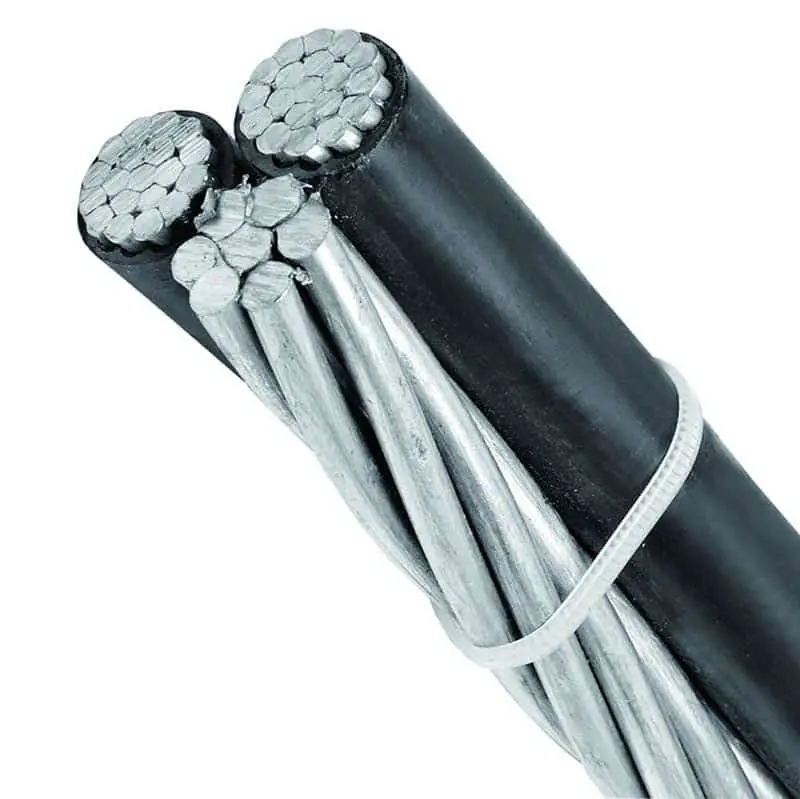What is the Voltage of Triplex Wire?

Introduction:
Triplex wires plays a crucial role in electrical systems, especially in residential and commercial applications. One of the key aspects that users need to understand is the voltage of triplex wire. In this comprehensive guide, we will delve into the intricacies of triplex wire voltage, its significance, and relevant considerations.
Unveiling the Basics
What is Triplex Wire?
Triplex wire is a type of electrical cable consisting of three conductors. These conductors are typically aluminum or copper and are insulated from each other.
Importance of Voltage in Electrical Systems
Before we delve into the specific voltage of triplex wire, it’s essential to understand the broader concept of voltage in electrical systems. Voltage, measured in volts (V), represents the electric potential difference between two points in a circuit. It is a critical factor in determining the flow of electric current.
Exploring Triplex Wire Voltage
Voltage Ratings of Triplex Wire
The voltage of triplex wire can vary based on its intended application. Common voltage ratings for triplex wire include 120/240V and 120/208V. These ratings indicate the maximum voltage the wire can handle.
Factors Influencing Triplex Wire Voltage
Several factors influence the voltage rating of triplex wire, including the type of insulation, conductor material, and the intended use of the wire.
Applications of Triplex Wire
Residential Applications
Triplex wire finds widespread use in residential settings for overhead service entrance conductors. The voltage specifications of triplex wire in these applications are critical for ensuring the safe and reliable distribution of electricity within a home.
Commercial and Industrial Uses
In commercial and industrial settings, triplex wire is often employed for various applications, such as connecting transformers and service entrance conductors. Understanding the voltage requirements in these scenarios is vital for efficient electrical distribution.
Triplex Wire Voltage in Renewable Energy Systems
Triplex Wire in Solar Installations
With the growing emphasis on renewable energy, triplex wire plays a role in solar installations. Examining the voltage requirements in these systems is essential for optimizing energy production.
Wind Power Applications
Triplex wire is also utilized in wind power applications for connecting turbines and transferring generated electricity. Voltage considerations are critical to the efficiency and safety of these systems.
Troubleshooting Voltage Issues
Common Voltage Problems
Understanding the voltage of triplex wire is instrumental in troubleshooting electrical issues. Common problems include voltage drop and overloading, both of which can be mitigated with proper knowledge of the wire’s voltage specifications.
Testing and Maintenance
Regular testing and maintenance are essential to ensure the continued reliability of triplex wire systems. This includes voltage testing to identify potential issues before they escalate.
Conclusion:
In conclusion, the voltage of triplex wire is a critical aspect that users must comprehend to ensure the safe and efficient functioning of electrical systems. From residential applications to renewable energy systems, understanding voltage specifications and adhering to industry standards are paramount. This comprehensive guide has aimed to provide valuable insights into the world of triplex wire voltage, empowering readers to make informed decisions in their electrical endeavors.
